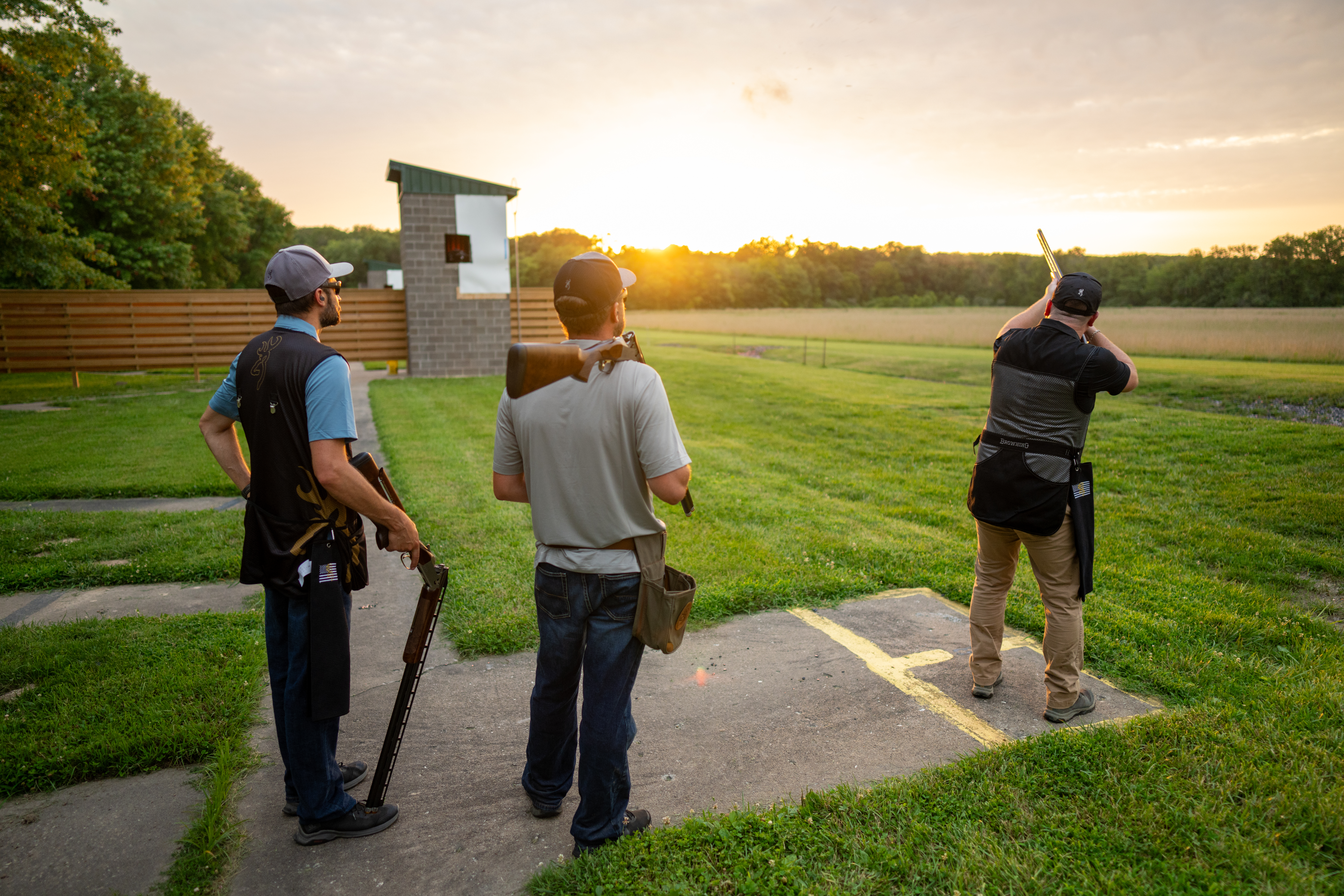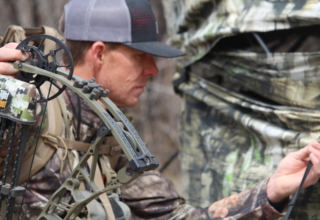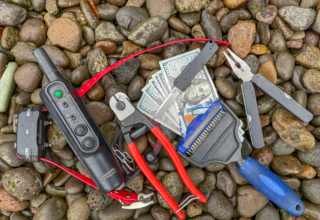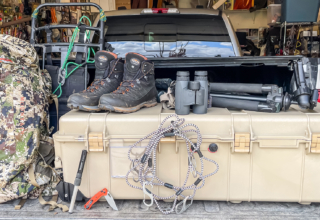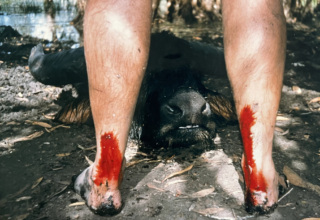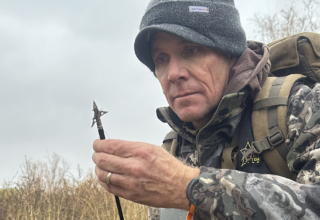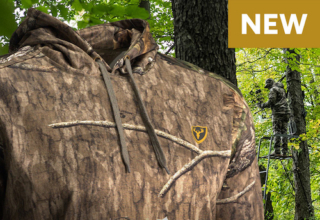A crafty creature inhabiting some of North America’s most daunting terrain, the Roosevelt elk is a prized big-game animal. If Roosevelt elk is on your to-hunt list, heed the tips and tactics in this article, and you’ll be on your way to filling the freezer.
by Scott Haugen
A bull on the timbered ridge above bugled at every sound I made but wouldn’t budge. After more than 30 minutes of bantering back and forth, I prepared to make a move, hoping to stalk within range of the stubborn bull.
I scanned the steep hillside below me one more time before moving. That’s when I saw something moving in the trees below. The mountainside I sat on was steep and deep. I was hunting Roosevelt elk in Oregon’s Coast Range, a chain of mountains that, in certain places, resembles the Rocky Mountains with vegetation like an equatorial rainforest. It’s big, brushy, and rugged.
It was the opening week of the September archery season. It was hot. The forest floor was dry and noisy, and the temperature was starting to rise.
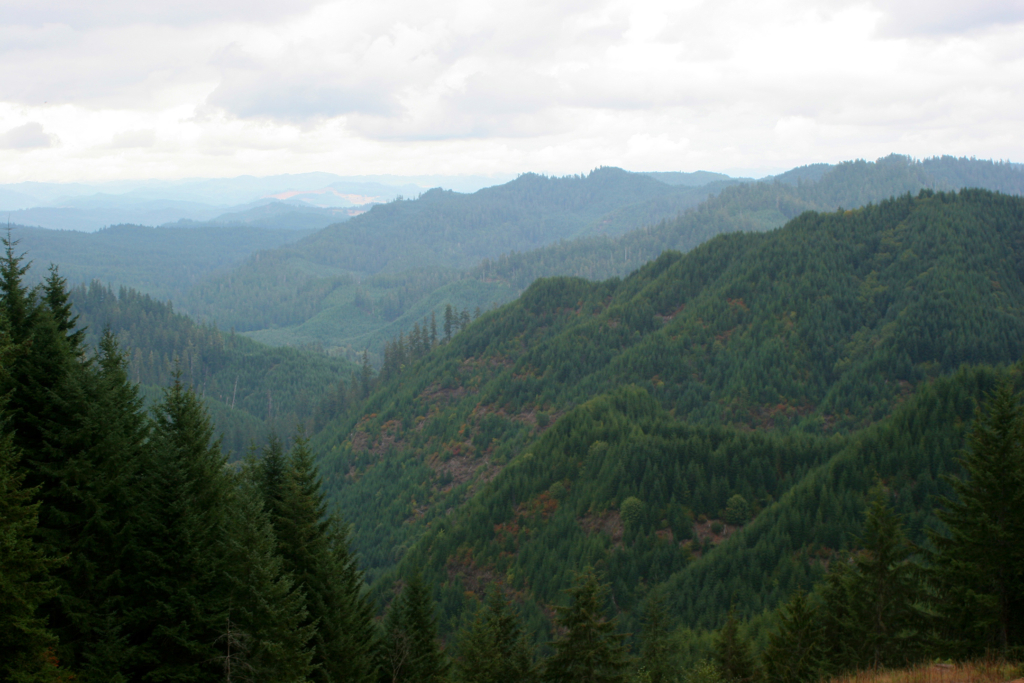
Staring through the maze of Douglas fir limbs, I sat tight with my arrow still on the string. Moments later, I saw movement. I let out a subtle cow call. That’s when antlers materialized. The bull’s pace quickened. Before I knew it, the bull was 15 yards from me. I never heard it take a step. It didn’t bugle or make a sound. It stopped broadside behind a fat fir tree. I had no shot.
Holding at full draw, I let out a subtle mew with a diaphragm call. The bull stepped forward. The shot was simple. The bull darted across the ridge, and immediately, I started calling with loud, pleading cow calls. The bull stopped, turned, looked right at me, and turned around. It trotted in my direction, blood pouring out both sides, tight behind the shoulders. Its legs grew wobbly and collapsed 12 yards from where I sat. The five-point bull fell closer than where it was when I took the shot.
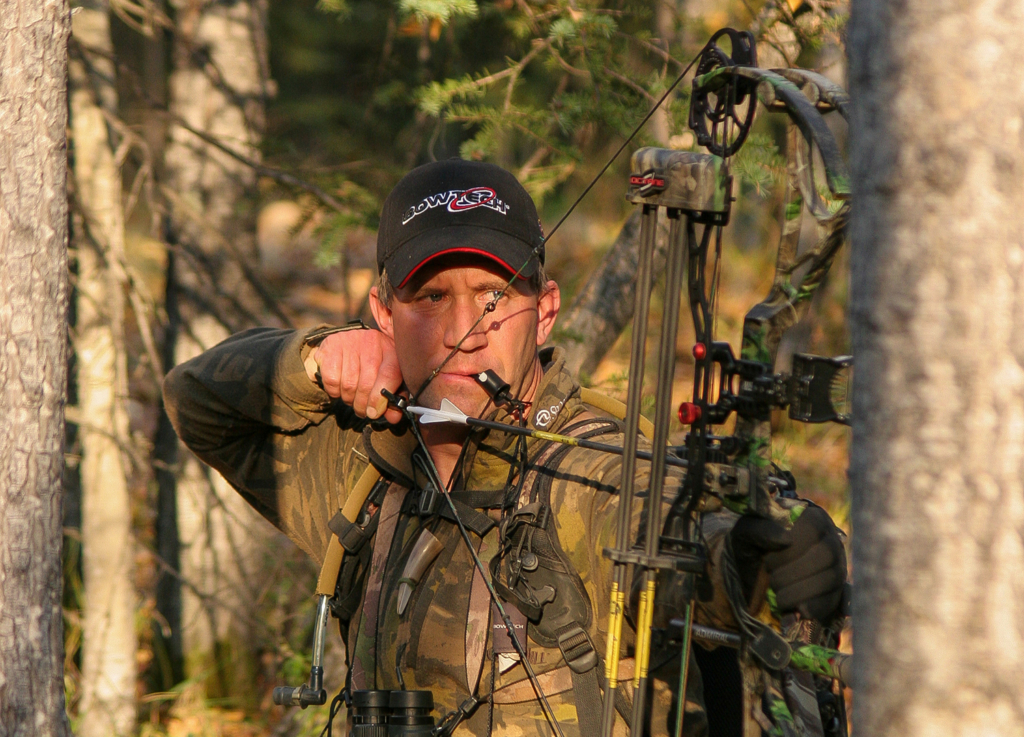
Such are the adventures of hunting Roosevelt elk in the rainforest. You never know what will happen. And as is often the case, they come in quiet. The approach is often so silent that it seems impossible for an animal that big to pull it off.
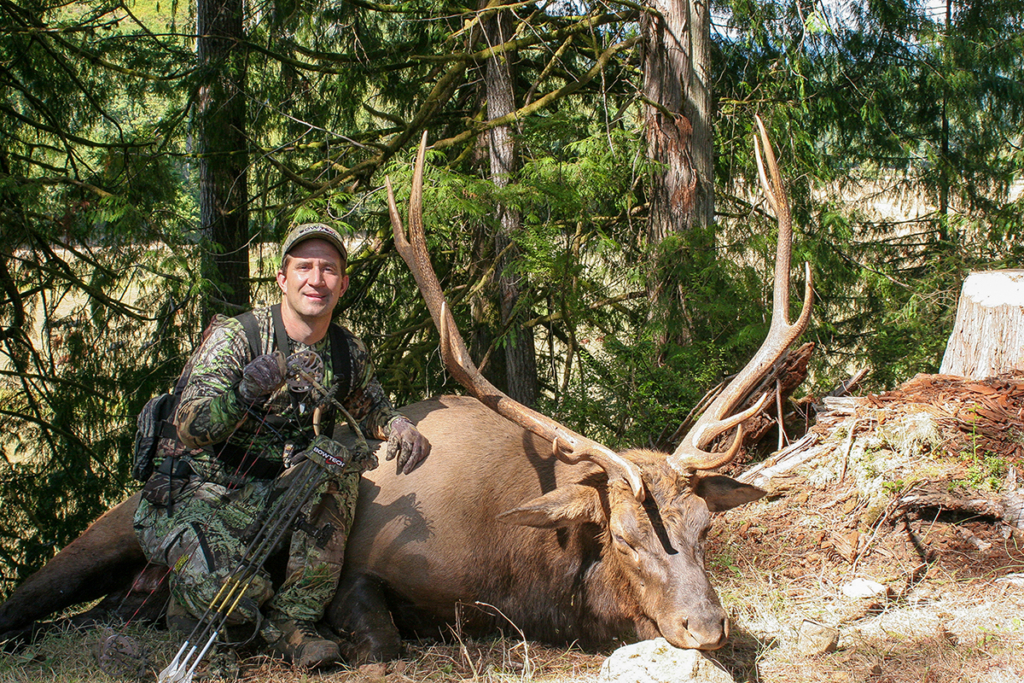
When I was growing up in Oregon’s Willamette Valley, the only place we could hunt Roosevelt elk was in the Coast Range. Then, in the 1980s, the elk began expanding their range into the valleys and became established on the western slopes of the Cascade Range.
In the early 1990s, the western Cascades held huntable herds of Roosevelt elk. For generations my family hunted black-tailed deer in those forests and never dreamed elk would one day thrive there. We had some memorable elk hunts. Today, I regularly see elk within a mile of our home, sometimes in our backyard. Had you told me 30 years ago this would be the case, I’d have laughed. Now, I love and appreciate it.
The expansion of Roosevelt elk further piqued my interest in them. This is partly because I regard them to be North America’s second-most challenging big-game animal to hunt behind mature blacktails.
During two rifle seasons, I joined good friend and noted guide Jody Smith on an elk hunt. Smith guides archery hunters every day of the September season and rifle hunters during each of the two seasons in November. I tagged along to help, as he had four hunters in camp during the first general season in Oregon’s Coast Range. Smith is a sixth-generation resident of the little town of Elkton, Oregon. We’ve hunted together for over 20 years, and he’s one of the best all-around hunters I’ve seen. He knows Roosevelt elk as well as anyone I’ve met.
One hunter filled his tag in the opening minutes of the season. No one else saw a bull. Rather than head into the timber and look for elk, Smith suggested everyone return to camp for lunch.
“Many folks rush and start chasing elk into the timber,” Smith notes. “Once you do that, the bulls know what’s happening, and they’ll often head into the thickest, most rugged terrain. You’ll likely never catch them once they make this move. But if you’re patient and wait for them to feed into openings right before dark, you can get a shot.”
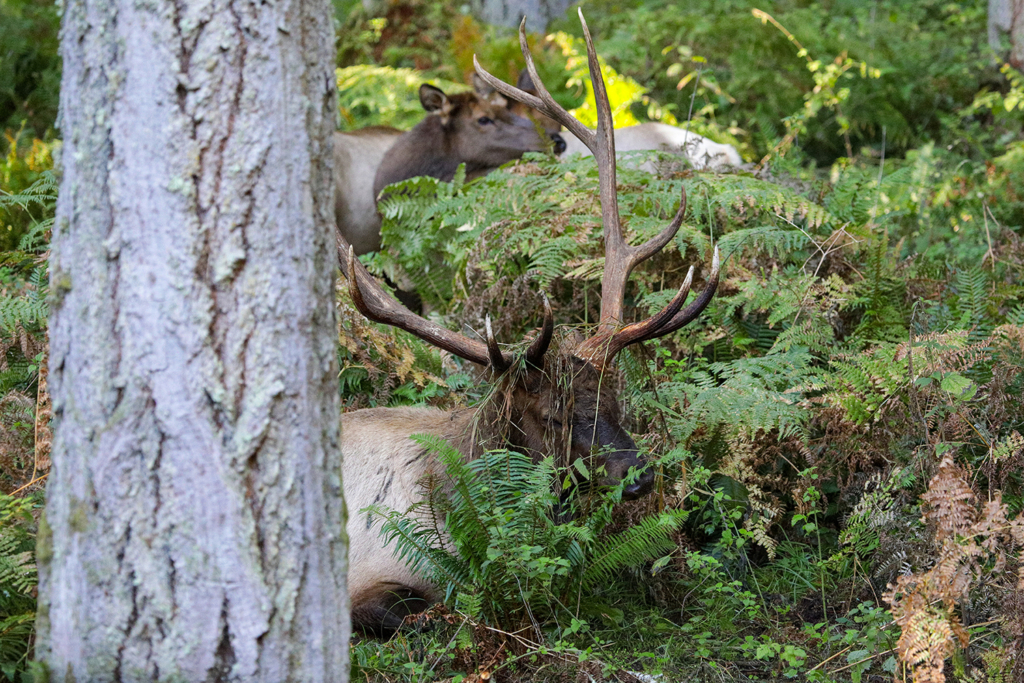
That’s precisely what happened that evening. Moments before dark, a herd slithered out of the rugged mountains, moved through a patch of birch trees, and began grazing in a secluded meadow. There were more than 30 cows in the herd and, behind them, five bulls. Two of Smith’s hunters were in position, each filling a tag.
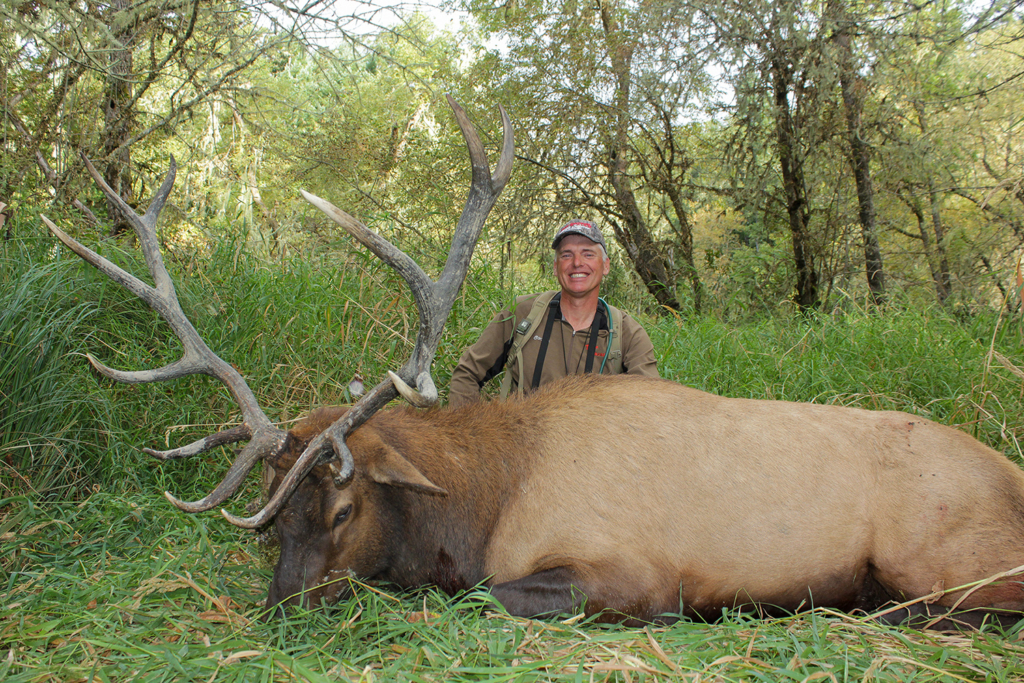
I’ve hunted Roosevelt elk a lot with Smith. During our first public land archery hunt together we called in a nice bull on the first setup. As is often the case with Roosevelt elk, it came in silent. This time footsteps could be heard. The shot came at 12 yards in thick reprod. Bow shots at Roosy’s can be close, very close.
Over a decade ago, my wife, Tiffany, drew a prized early-season Roosevelt elk rifle tag. Setting trail cameras, Smith and I patterned a herd’s movements through rugged mountains down to a field they were grazing in. Patterning Roosevelt elk is easier in August when bulls are in velvet.
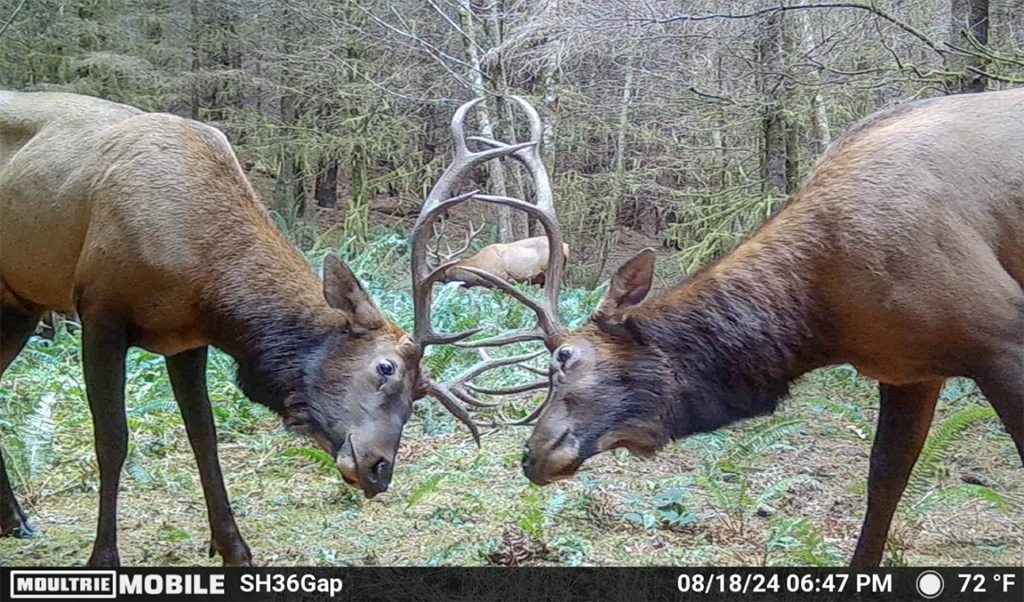
The season opened on Aug. 1. On our first hunt, we saw no elk. A few days later, we returned, and Tiffany made a perfect shot on a mature bull that grazed in the field. It was the first and only velvet-antlered Roosevelt I’ve wrapped my hands around, and it was the best-eating bull we’ve ever had.
Hunt Roosevelt elk long enough, and you appreciate the easy ones when, and if, they come. What makes these elk so hard to hunt is their secretive lifestyle and the fact they live in some of the most densely forested, rugged land in the West.
“This is like a rainforest in the Rockies,” a buddy once said upon seeing the Coast Range for the first time. He’d hunted big game worldwide and at the end of the week-long hunt, he hadn’t seen a bull on the Oregon coast.
He found fresh signs, smelled elk, and saw a handful of cows but not a single bull. He deemed it the
most challenging public land hunt he’d ever been on, and he’d been on numerous hunts over the decades. He went home with a tag in his pocket.
I run trail cameras year-round for Roosevelt elk. I monitor herd movement in winter and bachelor bulls, which often live in seclusion. In early spring, I watch for antlers to drop. In late spring, I track calf recruitment and follow them throughout summer, hoping the area’s cougars, bears, and coyotes don’t take their toll.
Once bulls start stripping their velvet in early to mid-August, they can become challenging to track as they move frequently in search of cows. Last month, I caught a bull on a trail camera stripping its velvet on Aug. 7. Several others were caught stripping between the 9th and 15th.
Two years ago, I caught a big 6-by-6 on camera every few days in late August. Once its velvet was stripped, the bull appeared on another camera nine miles away — as the crow flies — through the rough mountains of the Cascades. Three days later, the bull was back where I’d seen it in August, and a day after that, it was 9 miles away again, checking out a cow herd.
I’ve seen mind-boggling movements like this before by mature Roosevelt bulls, and I wouldn’t have imagined it without the aid of trail cameras to prove it.
“I’m always amazed at the number of giant bulls that show up on camera only once during the archery and even rifle seasons,” shares Smith. “I run a lot of trail cameras and spend countless hours scouting, and there are so many bulls I only get one picture of and never see with my own eyes.
Every fall, I experience exactly what Smith describes. A monster Roosevelt bull passes through in the middle of the night, never to be seen except in a trail camera clip. I witnessed these Houdini acts in September, October, and November. It’s frustrating, but at the same time, it’s what keeps Roosevelt hunters going.
When hunting Roosevelt elk, a successful season isn’t always measured in antler size or even if you notched a tag. Instead, it comes down to close encounters and how much you learn that will help close the deal the following season and the season after that.


